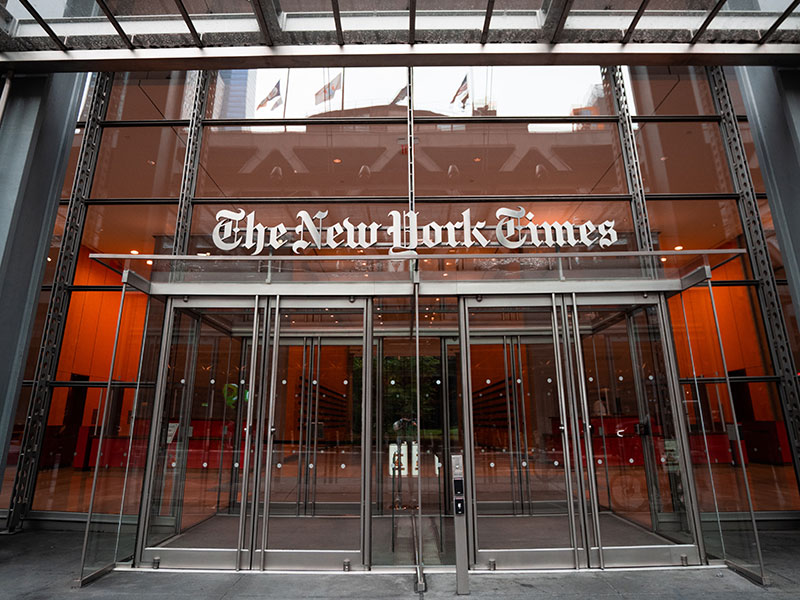Example in Action: The Role of Media in Raising Awareness of Child Labor and Forced Labor

Respected global media outlets have generated headlines with their reporting on child labor and debt bondage in a variety of activities, including the production of Mexican agricultural crops, brutal forced labor on fishing vessels throughout Southeast Asia, bonded labor in India’s brick kilns, the prevalence of forced labor in cobalt mining in the DRC, fraudulent recruitment practices in construction work in the Middle East, and child labor in mica mining, among others. In many cases, journalists’ key sources are representatives of civil society organizations and workers who have long fought to bring these issues into the spotlight—often at great personal risk—and are now finding greater opportunities to do so.
Because of this reporting, we know more about indigenous families who migrate through Central America harvesting crops, including the elderly and very young children. We also have a better understanding about the kinds of government laws and policies, such as those seen in some Gulf countries, that can perpetuate forced labor by leaving migrant workers vulnerable to exploitative practices such as passport confiscation by their employers, non-payment of wages, and contract substitution without the worker’s consent.
By shining a light on opaque tiers in supply chains to increase ethical recruitment and transparent sourcing, or by spurring action to ensure that grievance and remediation mechanisms exist to address labor violations, media coverage can impact whether businesses observe due diligence efforts to prevent and eliminate human rights violations in their supply chains.
DOL welcomes examples of good practices
to address child labor and forced labor.
Email us at GlobalKids@dol.gov.

 Step 2: Assess Risks and Impacts
Step 2: Assess Risks and Impacts


